This easy science activity is great for learning about how some materials absorb water and some do not. It can also be used to demonstrate capillary action to older children.
Traditionally, paper flowers are used which open up in water, but we changed it a bit to reveal LEGO® Men.
Hidden LEGO® Men Science Activity
You'll need
- Different types of paper cut into squares. We used thin paper, thicker notebook paper and cardboard.
- LEGO® men or other small toys.
- Water
- Tray
Instructions
Fold each corner of the paper into a triangle to look like the one below.
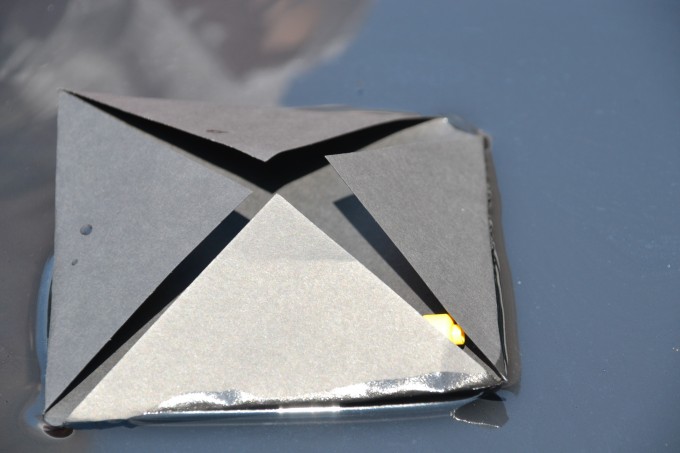

Before we started, we looked at each type of paper and talked about which we thought would absorb water the most easily. My 6 year old thought the thinner paper would absorb more water faster than the cardboard.
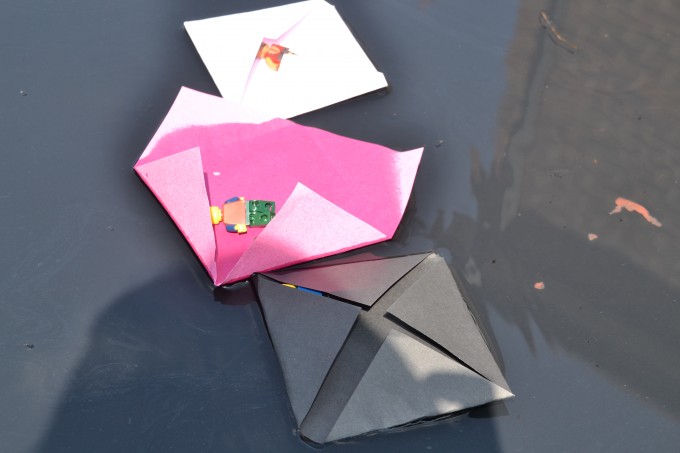
Why does this happen?
Paper is made of many fibres. As the fibres absorb water, they swell, causing the paper to expand and open up.
Different types of paper absorb water at different speeds. Thinner paper absorbs water more quickly, as it has thinner fibres.
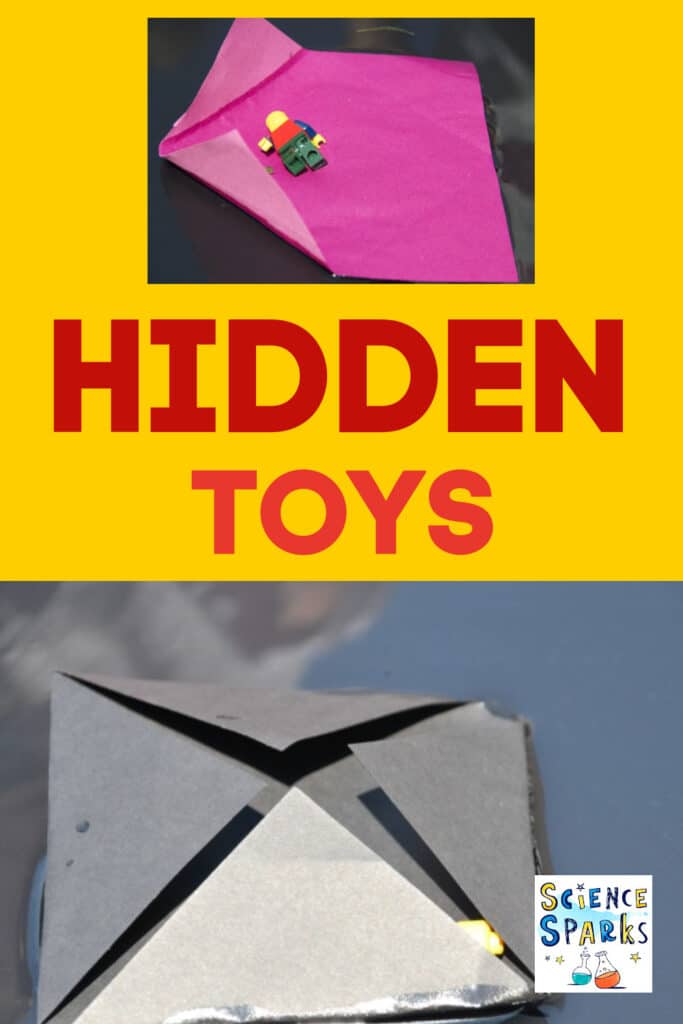
Last Updated on March 6, 2025 by Emma Vanstone
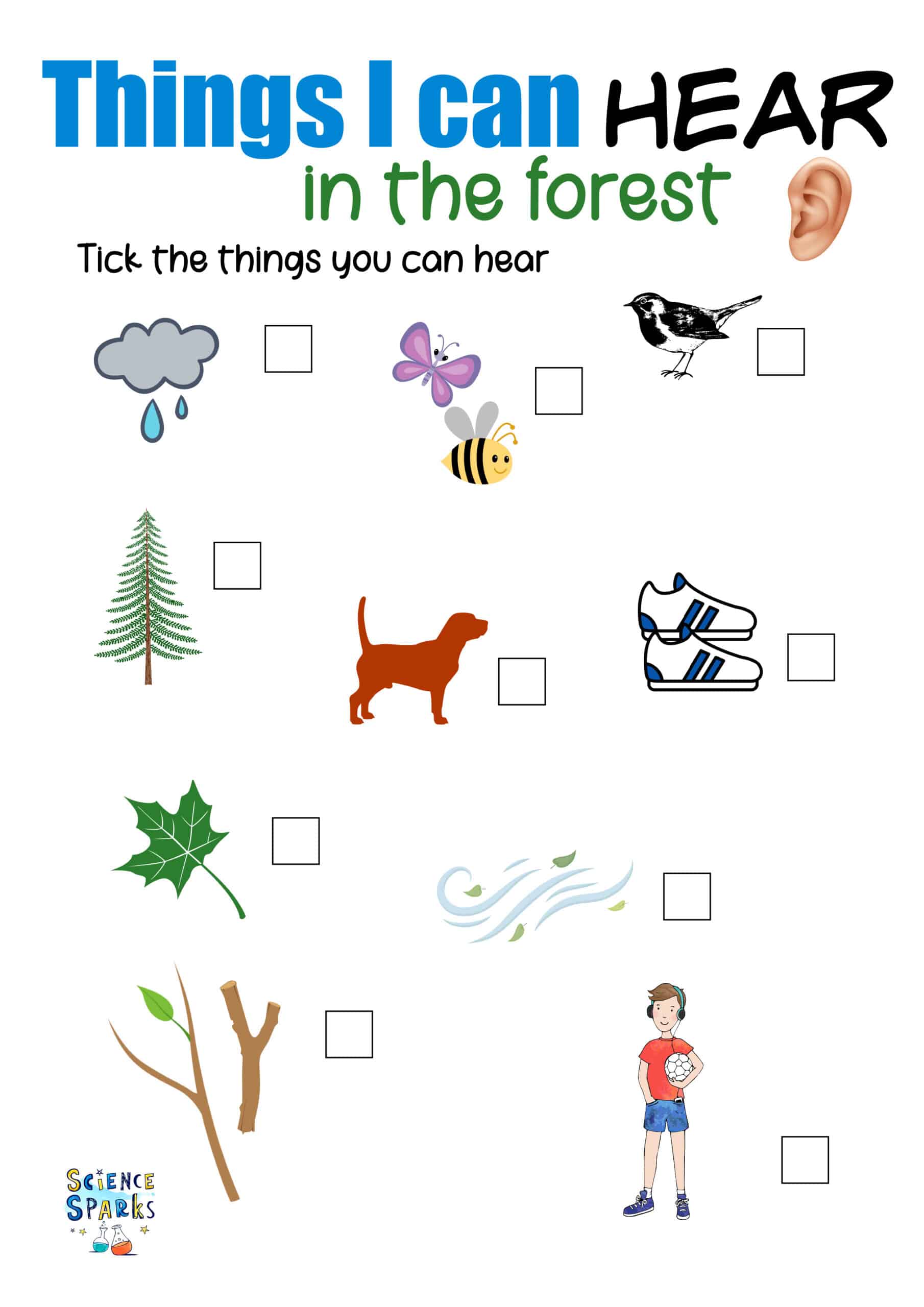
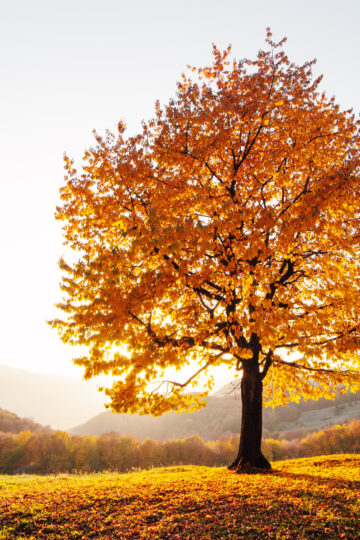
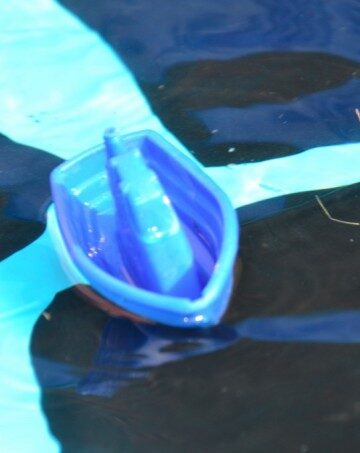

Sonya Cisco says
Love this, think my boys will too! Have pinned as part of the parent pin it party! 🙂
ScienceSparks says
Thanks Sonya!
Katie @ Gift of Curiosity says
Love this! What a fun way to discuss absorption!
ScienceSparks says
Thanks, I'm glad you like it!
Natalie says
This is so clever. I love the element of play in it. Will try it with my daughter as well!
ScienceSparks says
Thanks Natalie xx
Mammasaurus says
I must remember to dig out the lego later! Love it! Popping over from the Parenting Pin It Party !
ScienceSparks says
Thanks, let me know if you try it!
Trisha @ Inspiration Laboratories says
Such a fun and easy way to learn about materials and absorption! The addition of the Lego men makes it even more special.
ScienceSparks says
I'm glad you like it Trisha!
Rachael says
Super cute! My son would love this
ScienceSparks says
Let us know if you try it!
Emily says
So many of your ideas are going on our list of things to try in the summer holidays! xx
ScienceSparks says
Do let us know how you get on 🙂
Deceptively Educational says
I can't wait to do this with my boys! I'm sharing this tomorrow at the After School Linky Party; stop by to check it out and share more of your ideas and activities!
ScienceSparks says
Thank you x
Daron says
Great idea! I loved playing with LEGOs in the water, but this will add a lesson to it as well. And then you can have the LEGO coast guard come to rescue the guys after the experiment is done!